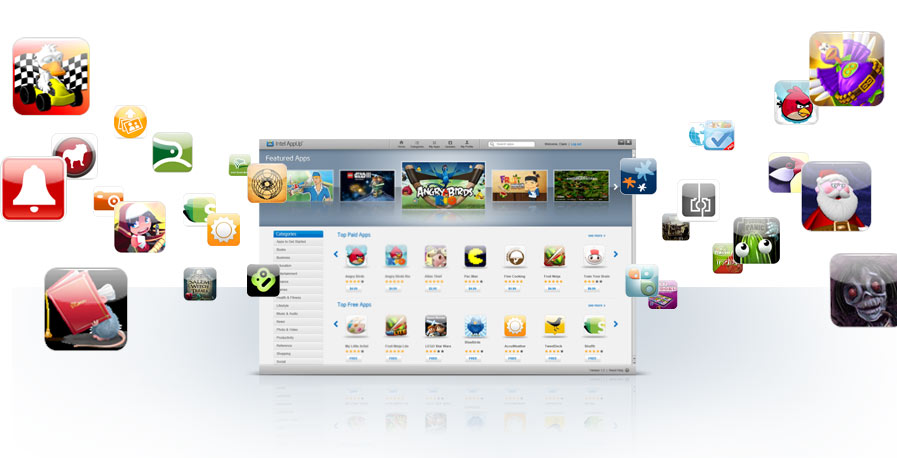It’s amazing how computers used to be an object that caught everyone’s attention. Now, you’ll just take a quick glance at your desktop computer within the corner of your room before you go to your office. I remember during the late 90’s when personal computers or PC’s began invading every household within the country. Everyone was really excited to get their hands on the machine and as they started to learn about how computers work, they marveled that such a technology is now within their reach. Of course, things have radically changed for the past few years, but as computing evolve into a whole new level, let’s think back on the most basic part of the computer that is the sole reason why it revolutionized communication to a whole new level.
A question: what’s the difference between applications and software? A friend of mine told me that applications is just one type of software, since there are lots of different types of software, such as anti-virus programs, website development and design programs and programs built to help with everyday tasks, like mail distribution, financial charting, and even running a business! But in any case, the prospect of computer software first began as early as 1935. In his essay “Computable Numbers with an Application to the Decision Problem”, Alan Touring introduced the idea and theory of software. The term “software”, by the way, wasn’t used until John W. Turkey used it in print 23 years later.
But we all know that what we want to know aint’ exactly when Microsoft Word and all those other computer software began. What we want to know is when did the first PC application exist. In order to answer this, we will have to use the PC app’s formal name, which is applications software.
IT application development started in the 1960’s, after the possibility of a machine that calculates formulas and algorithms really does exist. To put it simply, some companies have already started developing application software when the Assembler code was the development language of choice among the early computer programmers due to its low storage and CPU resource requirements. When 1970 came, most computer organizations are now using COBOL (Common Business Oriented Language) and they relied on the GOTO instruction as a code reuse technique for creating the “spaghetti code”.
1970’s was the year where application software began to evolve. DBMS (Database Management Systems) and data dictionaries began to appear while structured programming concepts were introduced by Edsgar Dijkstra1. IBM’s Fellow, Dr. Harlan Mills was also instrumental with everything that was going on. Several IT development projects streamlined computer programming, especially in debugging and application maintenance.
Dr. Ted Codd, another IBM fellow, revolutionized application software in the 80’s with rational technology, which is based on the relational set theory developed by him. Relational systems allowed multiple rows of data to be fetched one by one by using the Structured Query Language, otherwise known today as SQL. SQL was developed with the ability to embed high-level languages, which makes it perfect for application software.
The 90’s presented an even bigger and brighter future for applications, with the development of new OO languages like C++ and Java. With the rise of the Internet, PC applications began to multiply until they became a common object that we all interact while visiting the information superhighway. The future looks bright for PC applications, as mobile computing technology of today have placed an even bigger emphasis on developing new applications for mobile devices.
About the Author: Jessica Greenberg is an avid blogger from San Diego, California. During her rest days, she loves sitting down on a couch with a laptop on the table while updating Wordbaristas.com.
